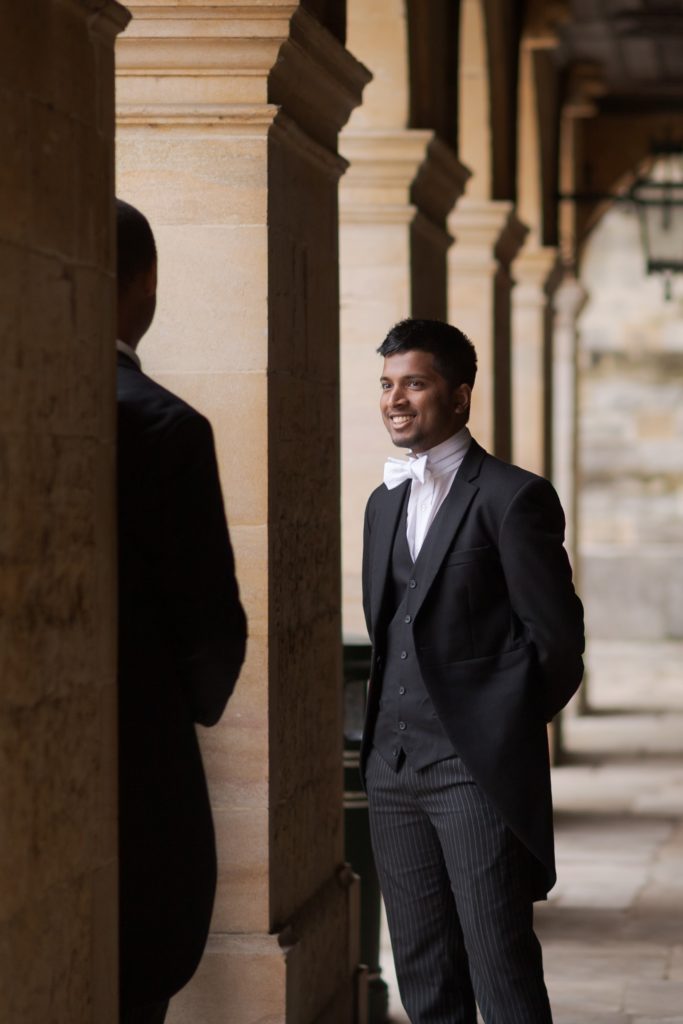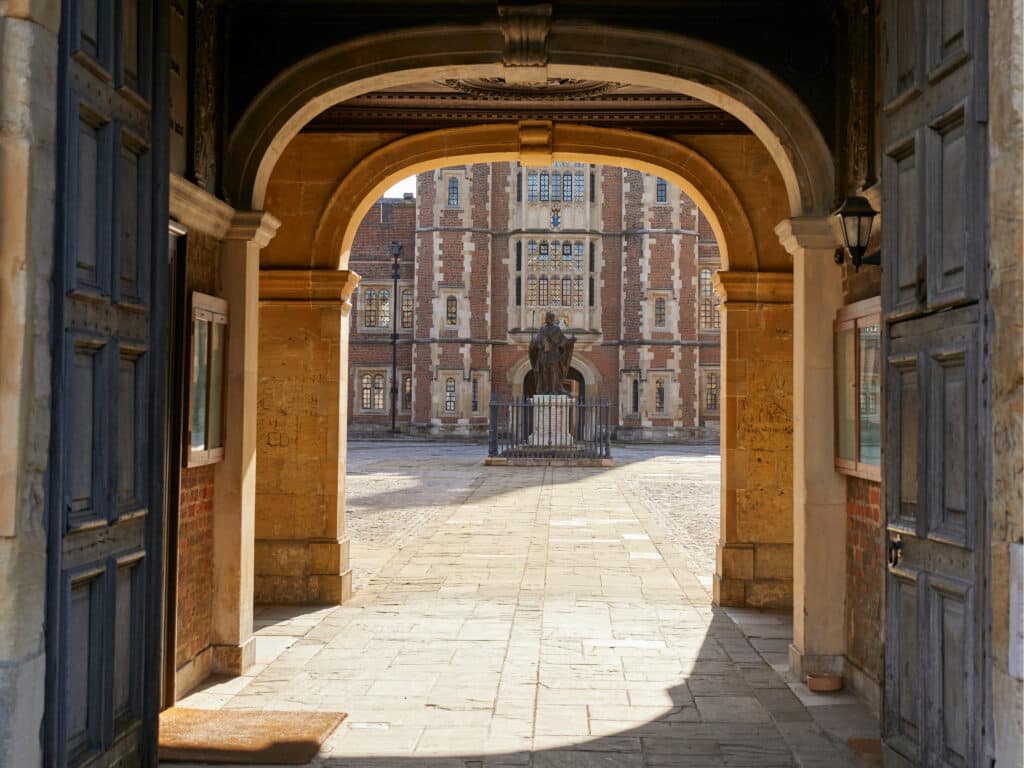Last week Dr Robert Stagg, Associate Senior Member of St Anne’s College, Oxford, and the University of Birmingham’s Shakespeare Institute Research Fellow, came to speak to the Literary and Theatre Societies.
Focusing on the presentation of witches and the supernatural, Dr Stagg outlined certain intricacies of Shakespearean verse customs, as well as their salient impacts throughout early modern literature.
Explaining that ‘verse is, at least metaphorically, a physical thing: it’s about the heart, the breath, the finger’, Dr Stagg began by introducing the concept of verse and its symbolism more generally. Referencing a Shakespearean sonnet and various interpretations of a renowned phrase from Macbeth Act II Scene I (‘the handle toward my hand? Come, let me clutch thee), he explored the way in which verse and actions are interlinked, posing that the verse leads actors more than the actors lead the verse.
Verse is, at least metaphorically, a physical thing: it’s about the heart, the breath, the finger
Dr Robert Stagg
The centre of the talk was the seven syllable line, which is, according to Dr Stagg, a ‘Shakespearean innovation’. For the majority of his plays and sonnets, Shakespeare writes in blank verse. This an unrhymed poetic form, using the metre of iambic pentameter, which denotes ten syllables in a line, iterating between stressed and unstressed. However, when certain characters are speaking, Dr Stagg explained, the metre can change, to reflect a degree of figurative deformity.
Indeed, in Macbeth the witches often use seven-syllable lines. For instance, the famous epithet “fair is foul, and foul is fair” and the question “when shall we three meet again?”, both from Act I Scene I. Perhaps, it was alleged, this custom partially derives from the publications of James I, the then king. Aged 18, James wrote a treatise ‘Ane Schort Treatise containing some reulis and cautelis to be obseruit and eschewit in Scottis Poesie’, in which he advised poets to ‘always take heed that the number of your feet in every line be even and not odd’, but acknowledges the use of odd-syllable lines to reflect ‘brokenness’.
In 1597, the publication of Daemonologie, a dissertation on black magic, witches, and contemporary necromancy, made clear his feelings towards witches and the supernatural. Macbeth is often viewed, for its regular references to it, as a response to Daemonologie. So, Dr Stagg explained, it would make perfect sense for Shakespeare to combine these two ideas in his play that would almost certainly be performed to the monarch.
It is not only the witches of Macbeth who speak in this way, however. In A Midsummer Night’s Dream, the fairies speak in seven-syllable lines, such as in their fairy song in Act II Scene II.
So widespread was Shakespeare’s influence that other dramatists began to realise the potential of the seven-syllable line. Most notable, perhaps, was Ben Jonson, who wrote a series of masques in the early 1600s. Excerpts from his plays The Masque of Queens and The Masque of Blackness were examined in great detail by Dr Stagg, to clearly evidence the way in which deformity could be portrayed by verse.
Questions from the audience poured in, ranging from tips to dramatists wishing to interpret Shakespeare to possible implementations. Particularly enlightening was Dr Stagg’s explanation of how seven syllable lines had a practical use: Shakespeare has been edited since its first publication, sometimes without our knowledge, but the most famous editors, such as Middleton, very rarely used these eccentric line customs.
We would like to thank Dr Stagg for taking the time to provide such an informative and engaging talk.



